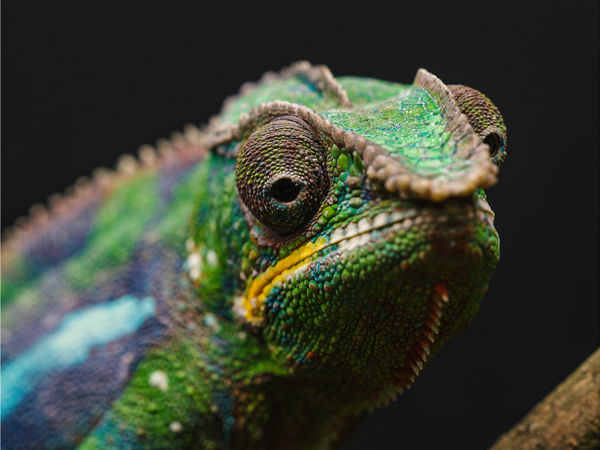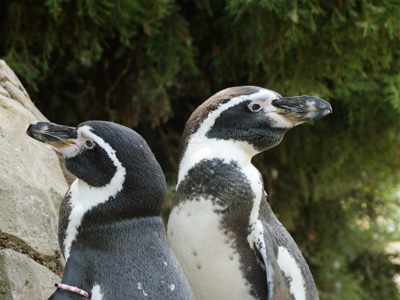
Humboldt penguin
These medium sized penguins may look like they should be living somewhere much colder than Twycross zoo, however they are actually used to much warmer climates, as they come from the rocky coasts of Chile and Peru in South America.
They are named after the cold water Humboldt current that runs along the pacific coast of South America, it’s nutrient high waters make it one of the most productive ecosystems on the planet.
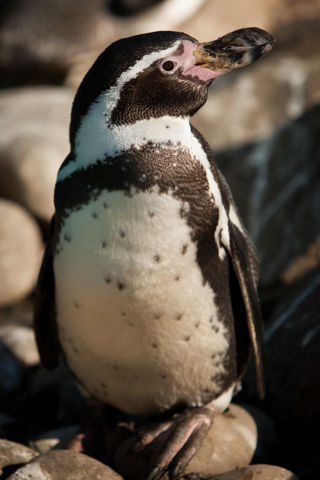
Humboldt penguins can move like torpedoes through water using their specially adapted wings and streamline bodies, they are even capable of jumping out of the water, known as breaching, like a dolphin.
They can also dive to around 50m in order to forage for their food. Their diet in the wild consists of squid, crustaceans, such as shrimp or krill,and of course fish, they’re favorite being anchovies, herring and smelt.
These penguins are known for being monogamous, meaning they can mate for life.
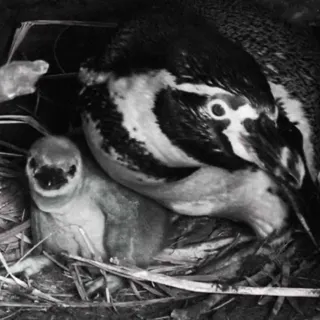
They create burrows and surround their eggs with a buildup of guano, otherwise known as bird poo. After an incubation of around a month the parents will take it in turns to head out to sea to fetch food for their young.
Penguins are masters of camouflage. To hide from predators, like sharks and sealions, penguins use countershading.
This means when you see them from below their white belly blends with the light-filed surface of the water. If you look from above their black backs blend in with the deep dark ocean.
Humboldt penguins populations have decreased by around 85% in the last 40 years and they are now considered vulnerable.
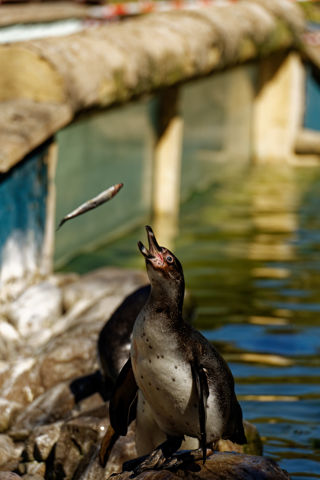
They are threatened by the overfishing of anchovies and other fish stocks, often getting tangled up in fishing gear as well. They are also fairly uniquely under threat from the collection of guano, which is used as fertiliser. It is taken from their nesting sites leading to a heavily reduced breeding success. One of the most severe threats to these penguins is the increase in El Nino weather events, due to climate change.These events drastically reduce the amount of the penguins prey for large periods of time.
You can help wild Humboldt penguins by looking at what fish you are buying.
Have guilt free fish and chip suppers by looking for the Marine Stewardship Council, or MSC, blue label on your supermarket products. This certification means that your fish products have been sustainably caught so there is still plenty of fish in the sea for our penguins.
Key Facts:
Height: 66-71cm
Weight: 4– 5kg
No. of young: 1 – 2
Life Span: up to 30 years in captivity
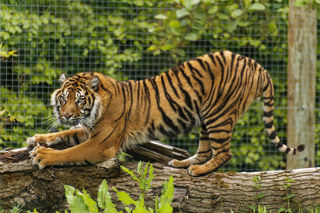
SUPPORT OUR ANIMALS
If you're looking for an alternative way to donate to Twycross Zoo, you can help support our animals and our zoo keepers by purchasing something from our Amazon Wishlist!
Updated regularly by our zoo keepers, the items on the list help to provide enrichment for our animals and keep their habitats well maintained.
Every donation helps us as a conservation charity.
